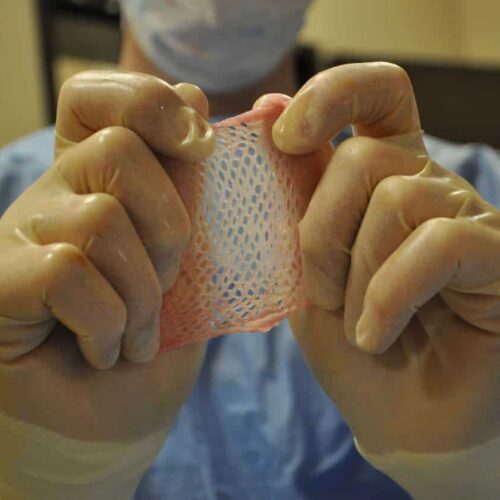Introduction
The Kentucky man died in an off-road vehicle accident last year. His liver and kidneys helped save three dying patients in his home state. Musculoskeletal grafts taken from his heart, skin and bones were used in medical products used to improve the lives of 15 people around the country.
But soon after the transplants, the U.S. Centers for Disease Control and Prevention (CDC) learned the organ recipients had contracted hepatitis C. It turned out the Kentucky donor had a history of substance abuse and had served prison time. The tissue bank that recycled his remains, the CDC said, had screwed up the usual testing done to verify that tissues and organs were safe.
The CDC’s Office of Blood, Organ, and Other Tissue Safety deployed a team of “shoe-leather epidemiologists” to track down the tissue before someone else got sick. Unlike hearts and other organs — or blood products that come with a unique barcode — there’s no easy way to track down tissue.
Instead the team found tissues one-by-one, calling hospitals and chasing down doctors. It took nearly a month to locate all the surgeons who had implanted tissue into 15 people. A child, later found to have hepatitis C, had received an infected heart vessel patch before the tissue recall began.
In some cases, inconsistent or non-existent recordkeeping prevents medical sleuths from ever finding potentially infected tissues. In one major case that played out in 2006, the U.S. Food and Drug Administration and five tissue companies moved to recall 25,000 tissues taken illegally from U.S. donors without proper consent or testing. Eight hundred of the tissues shipped overseas were never found.
The trade in human tissues is virtually untraceable at a global level. Poor accountability and inadequate safeguards have prompted concerns among medical experts that products made from bone, skin, tendon and other tissues taken from the dead could spread disease to the living — putting patients who receive tissue implants in dental surgery, breast reconstruction and other procedures at risk.
Little has been done to address this problem, despite U.S. government reports that have raised red flags for the past 15 years — and despite continuing concerns by the CDC and the World Health Organization.
Read more at ICIJ.org.
Read more in Accountability
Accountability
FACT CHECK: Is Romney to blame for cancer death?
Factcheck.org takes on a controversial new ad from the a pro-Obama super PAC

Join the conversation
Show Comments